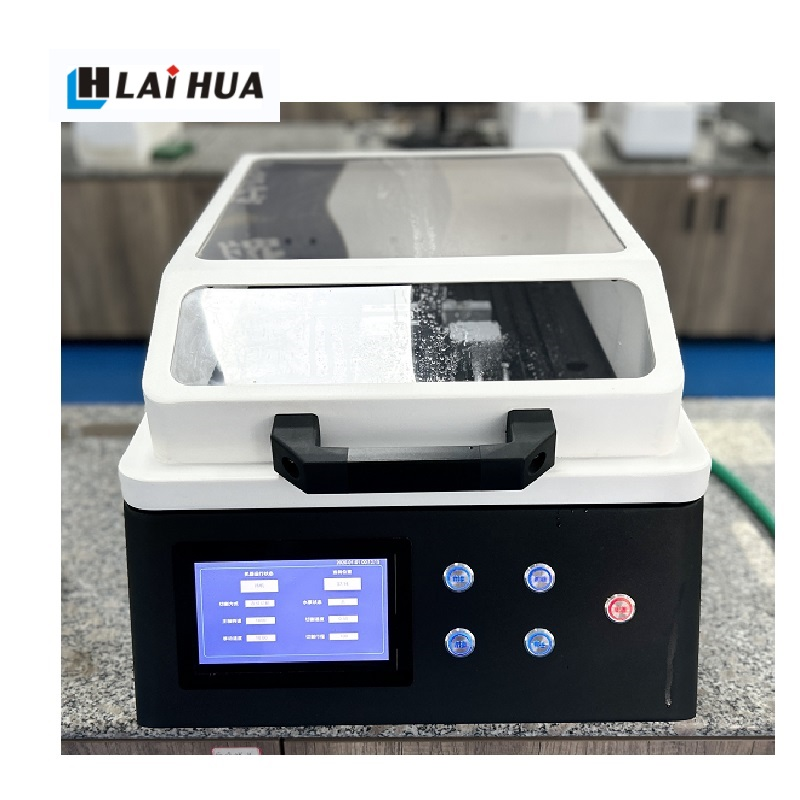1.Prepare the equipment and specimens: Check whether the specimen cutting machine is in good working condition, including the power supply, cutting blade, and cooling system. Select the appropriate titanium or titanium alloy specimens and mark the cutting positions.
2.Fix the specimens: Place the specimens on the working table of the cutting machine and use appropriate fixtures, such as vices or clamps, to firmly fix the specimens to prevent movement during the cutting process.
3.Adjust the cutting parameters: According to the material properties and size of the specimens, adjust the cutting speed, feed rate, and cutting depth of the cutting machine. Generally, for titanium and titanium alloys, a relatively low cutting speed and feed rate are required to avoid excessive heat generation and damage to the microstructure of the specimens.
4.Start the cutting machine: Turn on the power switch of the cutting machine and start the cutting blade. Slowly feed the specimens towards the cutting blade, and ensure that the cutting process is stable and continuous. During the cutting process, use a cooling system to cool the cutting area to prevent overheating.
5.Complete the cutting: After the cutting is completed, turn off the power switch of the cutting machine and remove the specimens from the working table. Check the cutting surface of the specimens to ensure that it is flat and smooth. If necessary, use a grinding wheel or other tools to further process the cutting surface.
6.Specimen preparation: After cutting the specimens, use a series of grinding and polishing steps to prepare the specimens for metallographic analysis. This includes using abrasive papers of different grits to grind the specimens, followed by polishing with diamond paste or other polishing agents to obtain a smooth and mirror-like surface.
7.Etching: Immerse the polished specimens in an appropriate etching solution to reveal the microstructure of the titanium alloy. The etching solution and etching time will depend on the specific composition and microstructure of the titanium alloy.
8.Microscopic observation: Place the etched specimens under a metallographic microscope and observe the microstructure using different magnifications. Record the observed microstructure features, such as grain size, phase composition, and distribution of inclusions.
9.Analysis and interpretation: Analyze the observed microstructure features and compare them with the expected microstructure of the titanium alloy. Interpret the results in terms of the processing history, mechanical properties, and performance of the titanium alloy.
10.Reporting: Prepare a detailed report on the metallographic analysis of the titanium alloy, including the specimen preparation method, etching conditions, microscopic observations, and analysis results. Provide recommendations for improving the processing and performance of the titanium alloy if necessary.
Analysis Process of the Metallographic Microstructure of Titanium Alloys
Post time: Feb-19-2025



